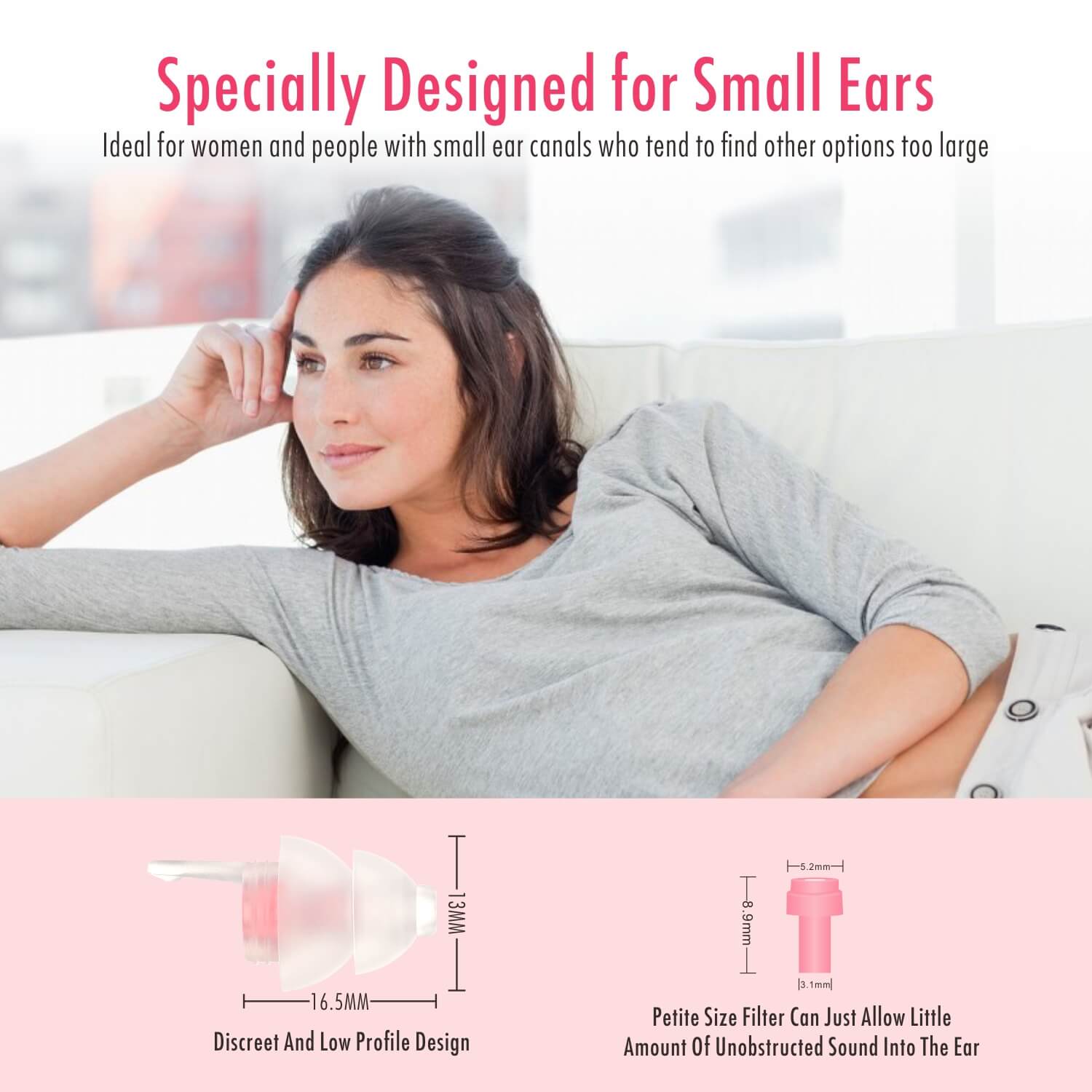How Silicone Ear Plugs Can Improve Workplace Safety and Prevent Occupational Hearing Loss
Corps
Occupational hearing loss is a significant concern in workplaces around the world. Exposure to loud noises can cause irreversible damage to the delicate structures of the inner ear, leading to hearing loss and other related health issues. However, there is a simple yet effective solution that can help prevent such problems - silicone ear plugs.

The Importance of Hearing Protection
Hearing protection is crucial in industries where workers are exposed to high levels of noise on a regular basis. Construction sites, manufacturing plants, and airports are just a few examples of workplaces where noise levels can exceed safe limits. Without proper protection, employees are at risk of developing occupational hearing loss, which can have a significant impact on their quality of life.
How Silicone Ear Plugs Can Improve Workplace Safety and Prevent Occupational Hearing Loss
Silicone ear plugs are a popular choice for hearing protection due to their effectiveness and comfort. These plugs are made from a soft and flexible material that molds to the shape of the ear canal, creating a tight seal that blocks out noise. This tight seal not only prevents loud sounds from entering the ear but also reduces the overall volume of noise reaching the inner ear.
Comfort and Convenience
One of the main advantages of silicone ear plugs is their comfort. Unlike other types of ear plugs that can cause discomfort or irritation, silicone ear plugs are gentle on the skin and can be worn for extended periods without causing any discomfort. This is especially important for workers who need to wear hearing protection throughout their entire shift.
Furthermore, silicone ear plugs are reusable and easy to clean, making them a convenient choice for workplaces. They can be easily stored in a small case or pocket, allowing workers to have them readily available whenever needed. This convenience encourages consistent use, ensuring that employees are always protected from excessive noise.
Effectiveness in Noise Reduction
When it comes to noise reduction, silicone ear plugs are highly effective. They have a high noise reduction rating (NRR), which indicates the amount of noise they can block out. Silicone ear plugs typically have an NRR of 25 decibels or higher, meaning they can reduce noise levels by 25 decibels or more.
For example, if a workplace has a noise level of 100 decibels and an employee wears silicone ear plugs with an NRR of 25 decibels, the effective noise level reaching the employee's ears would be reduced to 75 decibels. This significant reduction in noise exposure can greatly minimize the risk of occupational hearing loss.
Conclusion
Silicone ear plugs are a valuable tool in improving workplace safety and preventing occupational hearing loss. Their comfort, convenience, and effectiveness in reducing noise make them an ideal choice for workers in noisy environments. By consistently wearing silicone ear plugs, employees can protect their hearing and maintain their overall well-being.











commentaires